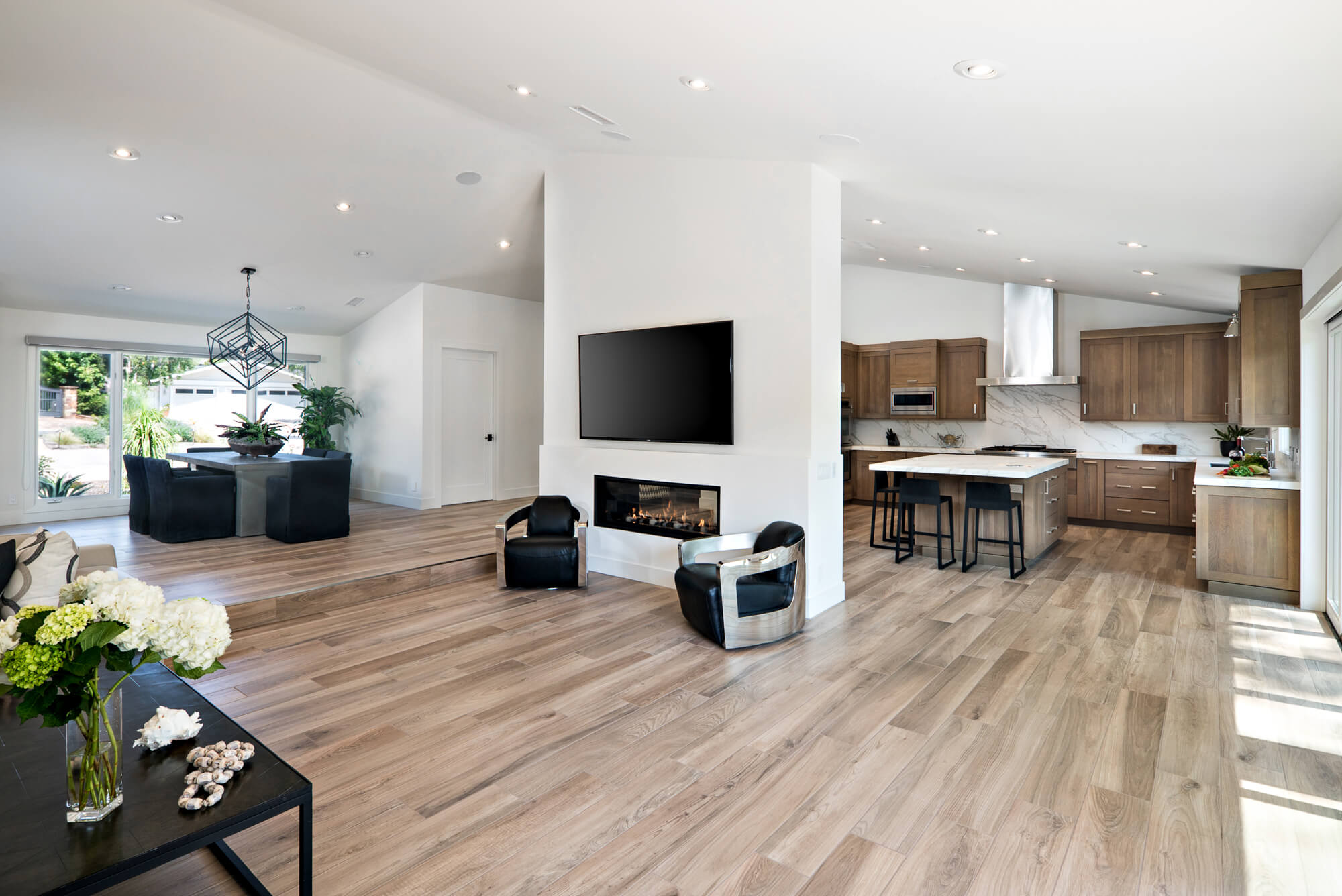What is a shear wall?

Shear walls are used in the state of California to prevent the home from moving during an earthquake. To the eye, a shear wall is just like any other conventional wall in a home. The difference is that the framing of a shear wall is reinforced, typically with plywood. A plywood lining makes for a more rigid and/or sturdy wall, which would help control any horizontal movement of the home during an earthquake.
What is a footing?
A footing is best described as a concrete column with rebar reinforcement that is poured and secured within a trench or a hole dug in the ground. Footings are usually placed under areas of the home with the most amount of weight above. Footing sizes and rebar call-outs will vary depending on the live load above. A structural engineer determines the type of footings required in all areas of the home.
Load Bearing vs. Non Load Bearing Walls
Non-load bearing can be thought of as walls that do not support any weight from above. Removing a non-load bearing wall is relatively easy and inexpensive. On the other hand, load bearing walls do support the weight above. A very common element in Southern California remodeling projects, the process of removing a load bearing wall is slightly more involved. It is oftentimes the opposite when removing a load bearing wall. The biggest hurdle when removing a load bearing wall is redistributing the weight that the load bearing wall once supported. This oftentimes requires new pad footings relative to that area, new beam(s) and posts.